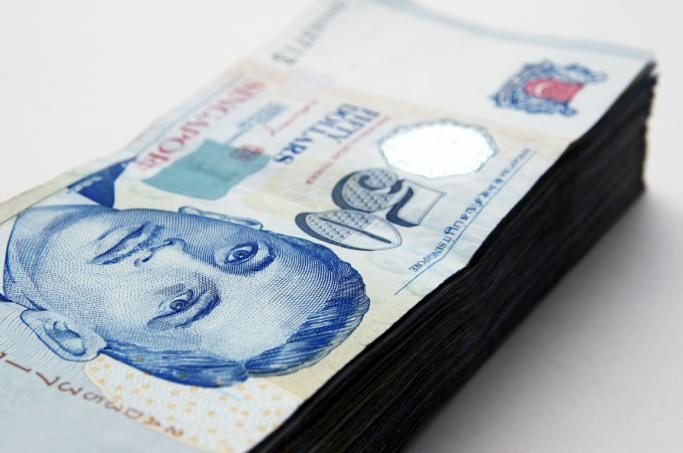
Currency Briefing - what you need to know for Thurs March 8, 2012
The local currency edged a bit while Thursday has been described as the 'D-Day' for the euro.
IG Markets Singapore said:
The Singapore dollar has gained slightly on the US dollar following a tough 48 hours for risk currencies as market sentiment plummeted.
The US dollar had breached the $1.26 level against the local currency yesterday as traders quickly exited their riskier positions. The catalyst was weakening Chinese GDP growth and fears of the Greek debt deal collapsing.
But the mood has improved as it looks likely private bondholders will accept the latest Greek restructuring package terms which should stabilise Europe for the time being. The greenback currently sits at $1.2588, having reached $1.2654 yesterday.
Currency traders are likely to remain on edge until the Greek situation is put to bed, with talk of the currency pair edging up to $1.27 with a combination of fears over a global slowdown, Eurozone recession and rising oil prices weighing heavy.
Singapore government bonds have remained relatively flat during this volatile period.
RBS, on the other hand, reported (for 7 March 2012 trading):
Markets were very quiet today ahead of the ECB and BoE decisions tomorrow and the US employment report on Friday. The initial response to the Hilsenrath article on Fed considering "sterilized" QE was USD negative, possibly as the markets priced in expectations of Fed easing.
However, the shift in the Fed thinking towards methods of lowering interest rates, as implied by the article, without expanding the balance sheet or money supply is likely a USD positive, particularly vs. the G10 low-yielding currencies whose Central banks are aggressively expanding liquidity.
The NZD weakened during the afternoon following the RBNZ decision to keep the benchmark rate unchanged. In both the statement and the MPS, the bank cautioned that the strength of the NZD was a risk to growth and "Sustained strength in the New Zealand dollar would reduce the need for future increases in the OCR."
GFT meanwhile noted (for 7 March 2012 trading):
Thursday is D-Day for the euro. For months, finance ministers, central bankers, economists and investors have been sitting at the edge of their seats waiting to see if Greece would be the first country in 60 years to officially default on its debt obligations.
According to S&P, a selective default is already in place but ISDA needs to declare that a credit event has occurred for credit default swap payments to be made. So far, approximately 58 percent of Greek bond holders have agreed to the swap.
European officials are confident that Greece will achieve a 75 percent participation rate. If they are correct, then the damage to the EUR/USD will be limited but if they are wrong and participation is less than 75 percent, the EUR/USD could make a run for 1.30.
Unfortunately in this scenario the EUR would not be the only currency falling. A failed bond swap would send currencies and equities lower across the board. If Greece magically manages to get more than 90 percent of its bondholders to accept the deal, then a credit event will be avoided, which would send the EUR/USD, stocks and other risky assets sharply higher.
Although there is a greater chance of failure than success, today’s EUR/USD rally indicates that some traders believe that an upside surprise is possible. The bond swap offer ends at 10pm local time which is 20:00 GMT or 3pm ET.
The next day, the Greek government will decide whether to activate the CACs but the market will make its own decision immediately after the bond swap results are released. Afterwards, ISDA needs to determine whether a credit event has occurred. The credibility of the entire sovereign default swap market hinges upon ISDA’s decision.
























 Advertise
Advertise






